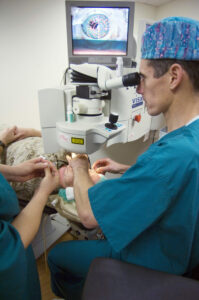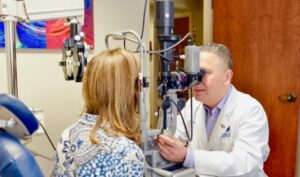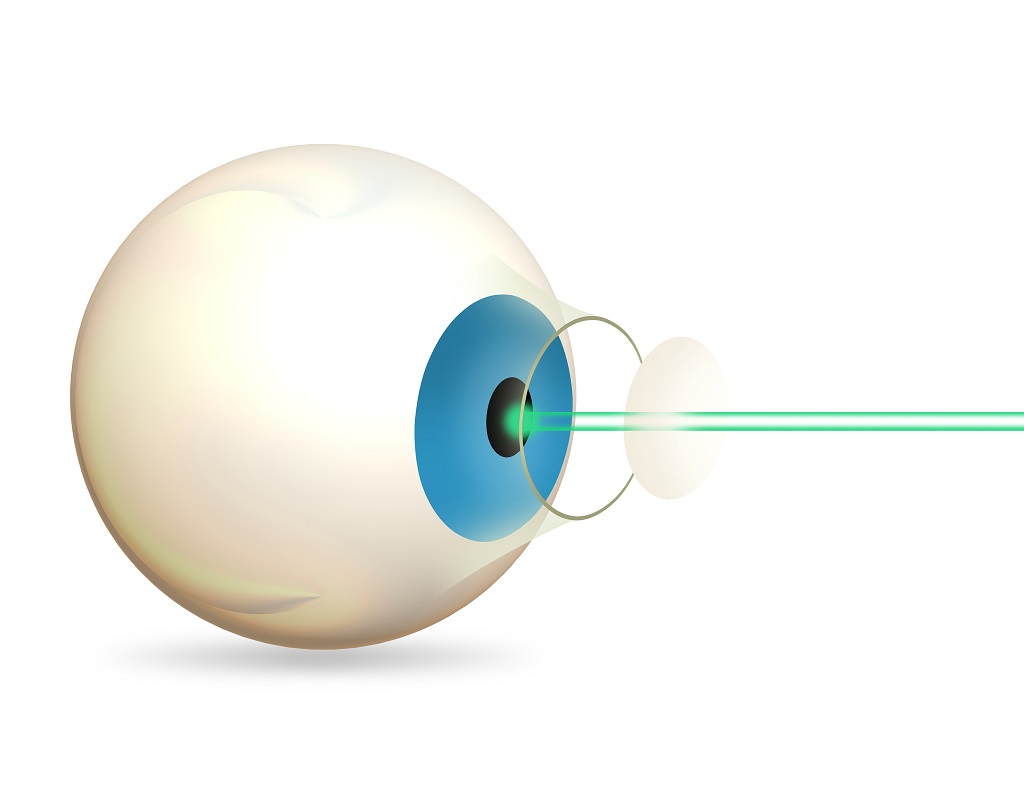Are you considering I-LASIK for your vision correction? You’re not alone. I-LASIK is one of the fastest-growing vision correction procedures available today, and with its increasing popularity, more and more people are choosing to undergo this procedure to correct their vision. But before we discuss I-LASIK in detail, let’s start by talking about what it is and why so many people are opting for it. Read on as we explore all the details of this innovative procedure and how it can help you improve your overall eyesight.
Contents
What is I-LASIK?

I-LASIK is a type of refractive surgery that is used to correct vision in patients who are nearsighted, farsighted, or have astigmatism. The surgery is performed by using a laser to create a thin flap in the cornea, which is then lifted so that the underlying tissue can be reshaped. I-LASIK is an outpatient procedure that takes less than 30 minutes to complete and does not require any stitches. Recovery from I-LASIK is usually quick, with most patients achieving 20/20 vision within 24 hours.
If you are considering I-LASIK, it is important to speak with an experienced eye surgeon to determine if you are a good candidate for the procedure.
How is I-LASIK Performed?
The procedure of I-LASIK, also known as “all-laser LASIK”, begins with the use of precision lasers to create a thin flap in the front of the eye. The surgeon then gently lifts the flap back, with no cutting or blades involved. Next, a computer-controlled Excimer laser is used to reshape and correct the cornea’s curvature. Finally, the flap is replaced and allowed to bond into place without stitches.
During the entire procedure, the patient is awake and aware of their surroundings. However, a mild sedative may be administered to help them stay relaxed and comfortable throughout. After the procedure, patients usually experience improved vision within 24 hours.
Also known as “bladeless LASIK”, I-LASIK is a quick and painless procedure that usually takes about 15 minutes. The patient may experience a mild discomfort and light sensitivity for the first 24-48 hours following the process. Most people can return to normal activities within one or two days following the surgery.
What Are The Benefits of I-LASIK?

I-LASIK is an advanced, minimally invasive laser vision correction surgery that can correct many refractive errors. I-LASIK can provide patients with better vision and a quicker recovery time than traditional LASIK surgery.
Some of the benefits of I-LASIK include:
Minimally Invasive
One of the most common benefits of this LASIK is that it is minimally invasive. This means that patients experience less discomfort during the procedure and require less downtime for recovery. This minimum level of invasiveness also significantly reduces the risk of complications during and after I-LASIK.
Improved Visual Acuity
I-LASIK can help improve a patient’s visual acuity by correcting refractive errors such as myopia, hyperopia, and astigmatism. This improved vision often results in better overall visual clarity for patients who have previously experienced blurry or distorted vision due to these refractive errors.
Quick Recovery Time
Patients who undergo I-LASIK typically experience a quicker recovery time compared to traditional LASIK surgery. Most patients can return to their normal activities within just a few days of the procedure with minimal discomfort or disruption to their daily life.
Long-Lasting Results
I-LASIK is designed to provide patients with long-lasting results. Most patients who have undergone I-LASIK experience stable vision for many years after the procedure, allowing them to enjoy clear and crisp vision without the need for glasses or contact lenses.
Are There Any Risks Associated With I-LASIK?

Yes, there are some risks associated with I-LASIK. These include:
Dry eyes
One of the most common risks of this LASIK is dry eyes. This occurs when the cornea doesn’t respond to the laser as it should, leading to dryness.
Glare and halos
Some patients may experience glare and halos around lights following I-LASIK surgery. This can be temporary or permanent, depending on the individual case.
Under correction or overcorrections
In some cases, a patient may not achieve the desired results from I-LASIK surgery due to under-correction or overcorrection of their vision. In this case, additional treatments may need to be performed to correct any remaining vision issues.
Night vision problems
When the pupil of the eye is enlarged too much during I-LASIK surgery, it can cause night vision problems or reduced night vision. This may be temporary or permanent, depending on the individual case.
Under-correction or over-correction of the vision problem
On rare occasions, I-LASIK surgery may not fully correct a patient’s vision problem. This can be due to an under-correction or over-correction of the problem. In this case, additional treatments may need to be performed to achieve the desired results.
How To Prevent Risks of I-LASIK?
There are a few things you can do to help prevent risks associated with I-LASIK:
Consult a Doctor
One of the most important steps you can take is to consult with a doctor before deciding on I-LASIK. They will be able to evaluate the risks related to your eyes and determine if the procedure is right for you.
Choose an Experienced Surgeon
Make sure that your surgeon has experience performing I-LASIK. Ask them about their qualifications, certifications, and success rate with this procedure.
Follow Your Doctor’s Instructions
Your doctor will give you instructions both before and after the procedure to ensure a safe and successful outcome. Be sure to follow these instructions carefully.
Add Eye Drops After Surgery
Your doctor will likely recommend that you use lubricating eye drops or ointments following the surgery to keep your eyes healthy and reduce potential side effects such as dryness or discomfort. You should continue these treatments until your doctor tells you to stop.
Take Time Off
Be sure to allow yourself enough time off work and other activities following the surgery to give your eyes enough time to heal.
Monitor your Vision
Pay close attention to any changes in your vision and be sure to report them to your doctor. This will help them catch any potential problems quickly.
Conclusion
All in all, I-LASIK is a boon for those who want to get rid of their eyeglasses and contact lenses. From its detailed guide on how it works to the advantages it offers, this procedure can help you get back your vision without any invasive surgery. The only downside is that there may be additional costs related to the treatment compared to other forms of corrective eye surgery. However, if you are looking for an efficient and safe way of correcting your vision problems then I-LASIK could be worth considering.
Ultimately, it is important to speak with a qualified eye surgeon before making any decisions. They will be able to assess your case and provide you with the information you need to make an informed decision about I-LASIK. With the right guidance and treatment, I-LASIK can help you achieve a clear vision for years to come.
Lasik surgery is a safe 10-minute procedure to help you get rid of glasses. MantraCare offers the most advanced LASIK options. If you have any questions on LASIK surgery feel free to reach out to us at +91-9711116605.
